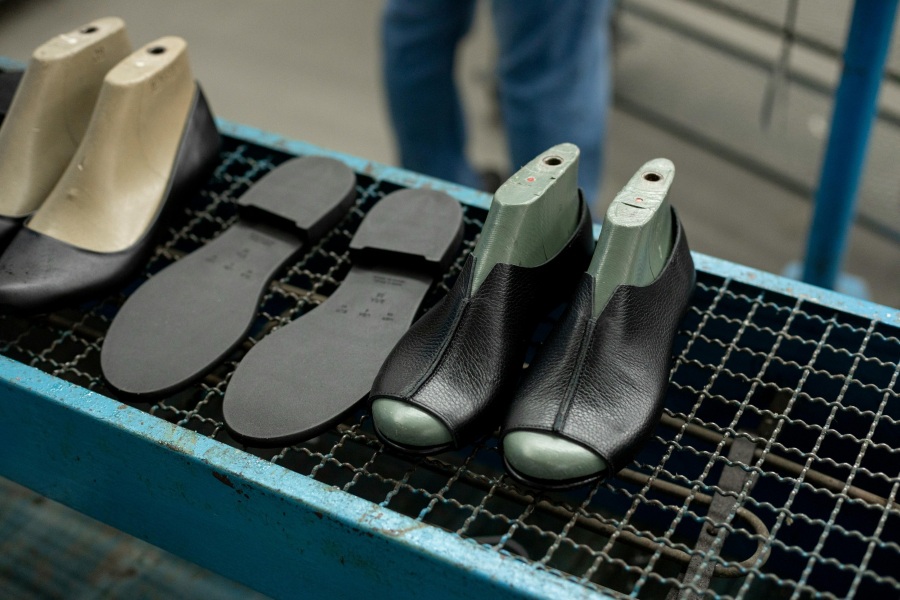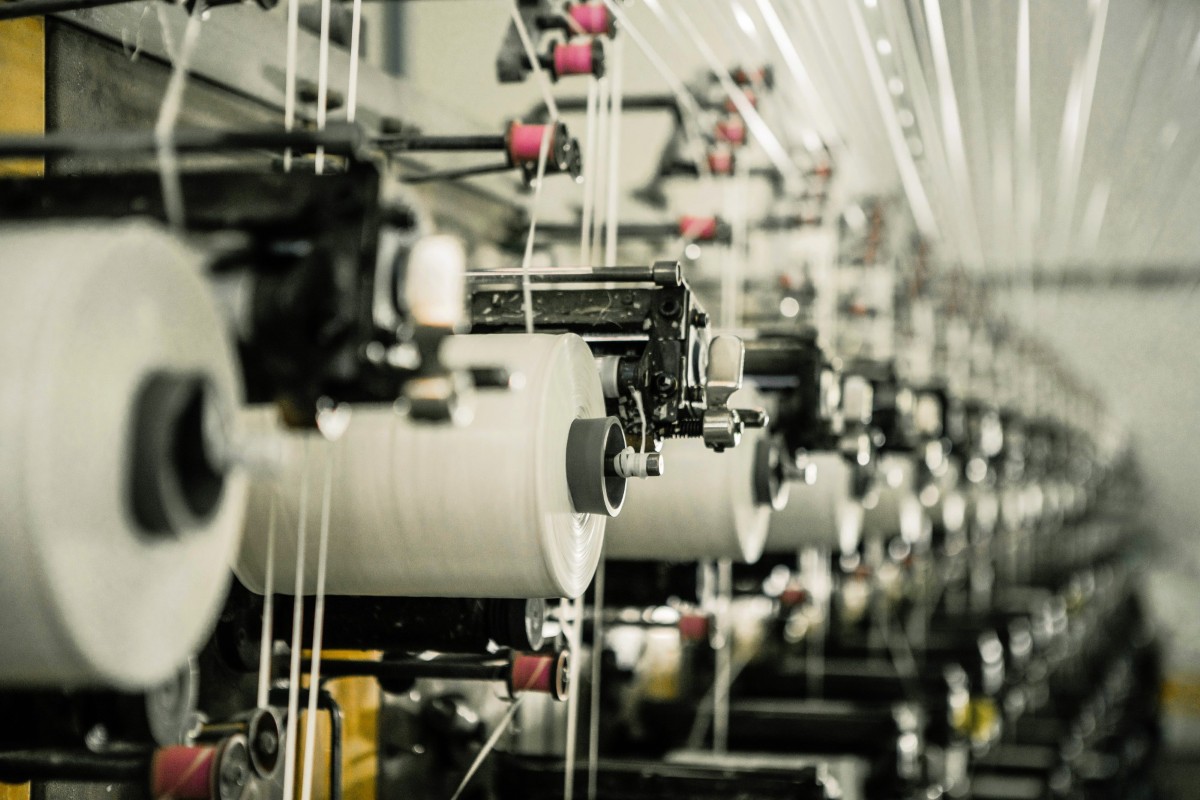Vietnam’s TCF sector excessively rely on foreign suppliers in China, Hong Kong and South Korea for raw materials such as fabrics and trims. For example, in 2023 the total import value of fabrics was US$13.2 billion, which is equal to more than 33% of the total export value. Further, Vietnam’s heavy reliance on only a few exports market (US being the number one) is vulnerable to tariff changes and geopolitical shifts.
Associate Professor Rajkishore Nayak from RMIT's Bachelor of Fashion (Enterprise) program highlights that despite Vietnam's involvement with 17 international free trade agreements (FTAs), there is no FTA with the US except the bilateral trade agreement. The tariff increase will thus dampen the price competitiveness of Vietnamese goods heading to the US market, making them less attractive compared to products from India and Bangladesh, which enjoy lower tariffs. However, Vietnam will have a competitive advantage over its neighbouring countries, Cambodia and Laos, with tariff rates of 49% and 48%, respectively.
“The escalation in tariffs will likely result in higher product prices and a decline in export volume, potentially contributing to inflation. It will disrupt the supply chain dynamics of Vietnamese TCF producers, and US-based brands importing from Vietnam will likely seek alternate suppliers from other countries,” the RMIT researcher says.
“In addition, the situation may create a cascading impact on various industries that depend on Vietnamese materials for value-added production, including in the US.”
Measures to tackle the problem
In response to the escalating threat of increased tariffs from the US, the Vietnamese TCF sector faces a critical juncture – one that requires immediate action as well as a mid-to-long-term shift to build higher resilience to external threats.
The tariff change indicates that the Vietnamese TCF sector should change towards self-reliance on raw materials, develop ethical production processes, invest in automation and AI, diversify product ranges, and look for alternate markets in Asia, Oceania, and the EU.
Associate Professor Nayak emphasises, “In order to lessen its reliance on the US market, the Vietnamese TCF sector should prioritise long-term strategic objectives that include diversification of export markets and products, investment in technology, green manufacturing, and a focus on sustainable product offerings.”







